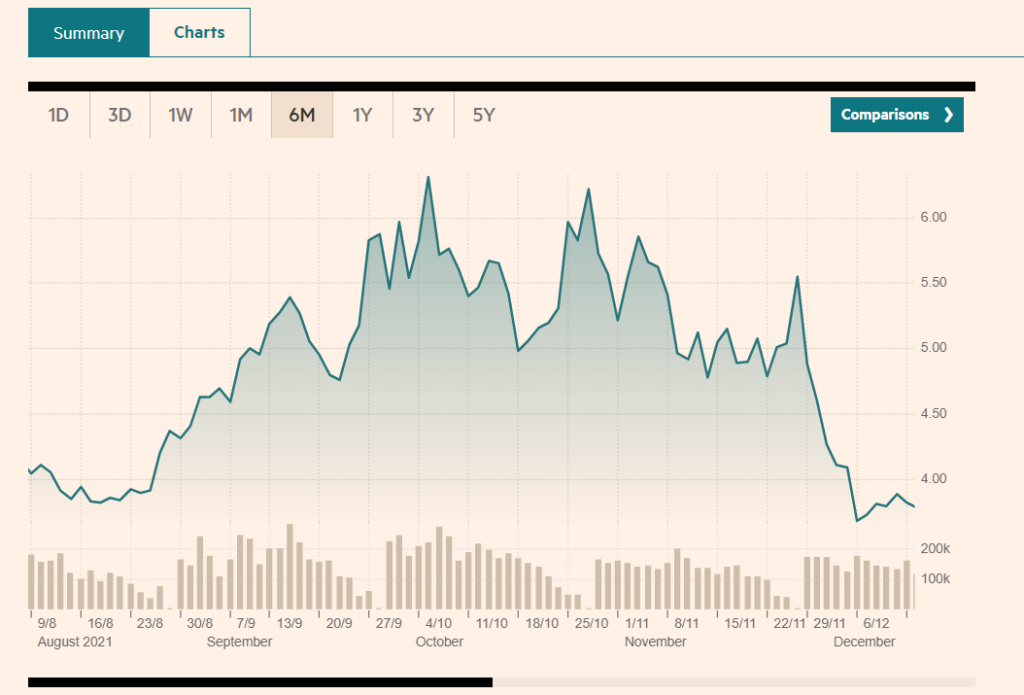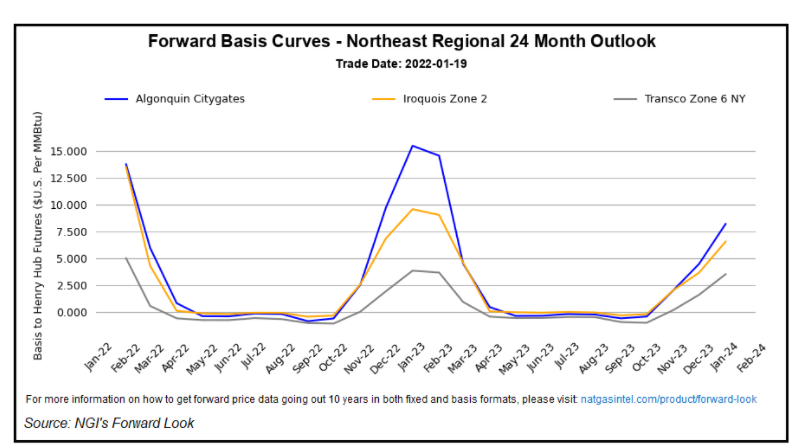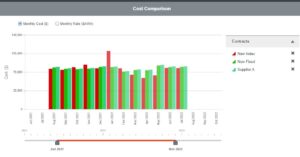Let’s just start by saying that energy markets have gotten more interesting over the past 12 months. After nearly a decade of relatively low prices and low volatility, energy prices have spiked and markets have grown increasingly volatile. How volatile, you ask? According to the NY Independent System Operator, as of December 2022, natural gas prices in New York were up over 209.5% (yes, .5%!) from the prior year. 2022 index power prices were up 88% compared to the prior year.
These are significant increases. Ones that could result in increased costs to customers of 40-50%, depending on your contract terms.
Keep in mind that the starting points for these increases was extremely low. For example, the year-to-date index power price in NY State was $24.69/MWh as of September 2020. Demand destruction from the economic shutdown during the pandemic drove demand and, consequently, prices, down. Natural gas prices were so low that it wasn’t even worthwhile for some gas companies to produce. So, what do you need to know and how should you respond?
Make an energy plan now
Don’t get caught without a plan.
Understand energy markets and how they impact your business.
Make markets work for you.
Get access
First, make sure you have good information
In order to communicate properly, you need to get information that is useful and actionable. In this market environment, historical information is useless. We’re just emerging from a period of significant usage changes (mostly declines due to pandemic shutdowns). We’ve also landed in an entirely unfamiliar market environment in which gas and power prices are higher than they’ve been in many years. Get as much intelligence and insight as you can about both your projected costs and your usage. Don’t rely on last year’s numbers.
Second, communicate
No one really likes surprises. Since energy markets have been low and uninteresting for so long, finance and accounting have grown accustomed to getting good news from energy managers. The result is that energy managers and purchasers have not felt compelled to communicate with finance about what to expect from energy markets. The news was always good, energy markets were consistently in decline, budgets were low. Financial decision makers came to expect and anticipate lower costs year-over-year. All market signals indicate a return to higher energy costs and volatility. So, make sure that you are communicating regularly with finance and accounting. Help them set realistic expectations for energy budgets. It will only help you in the end.

Third, process, process, process
We’ve said this before, we will say it again. Energy buyers who plan ahead benefit the most. Think of it this way. You, the business energy consumer, will always be buying power and gas for as long as you are in business. That means that you should always be planning–not a few weeks or months in advance, but quarters and even years in advance. Understand the current and future market prices and how they move. Volatility can work for you if you have access to good information. If you need information, ask your supplier, your consultant, a trusted advisor or ask us for forecasts and information. No matter where you get information, make sure it is current and updated at least quarterly. Make this forecasting exercise part of your work process.
Bottom line for energy buyers and financial decision makers. Don’t panic. Use data and analytics to navigate complexity. Communicate well and frequently. Use volatility to your advantage

the megawatt hour
Hedging
How to clarify your objectives and employ hedging effectively
- Understand hedging misconceptions
- Clarify the right strategy for your business
- Communicate your objectives clearly
Free Download
Understand the risks, myths and rewards of hedging energy and fuels.
GET INSIDER INFORMATION ABOUT ENERGY
Are you interested in understanding energy from an insider’s perspective?
Then, sign up for our newsletter. You’ll love it!
We don’t spam and we don’t share your email.


